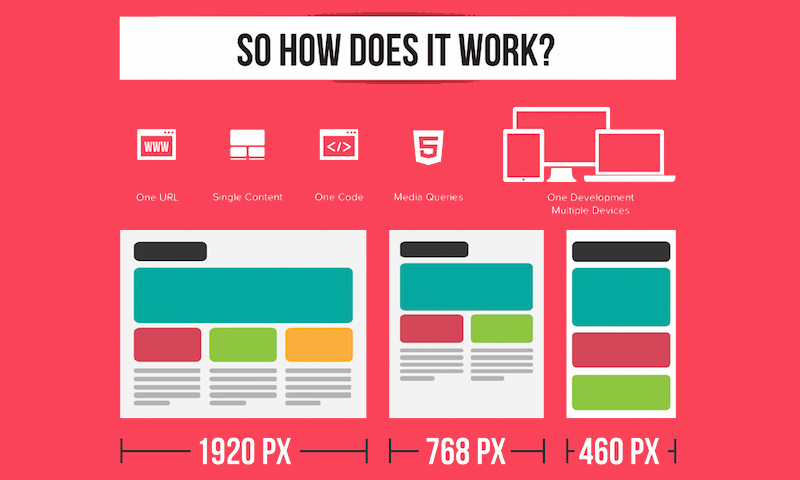Prepare Yourself To Trip Via Time And Discover Exactly How Web Sites Have Actually Ended Up Being Much More Sophisticated, Easy To Use, And Aesthetically Stunning
Prepare Yourself To Trip Via Time And Discover Exactly How Web Sites Have Actually Ended Up Being Much More Sophisticated, Easy To Use, And Aesthetically Stunning
Blog Article
Written By-Johnsen Lunde
In the past, web sites were basic and focused on info. Navigating was straight, and style was for desktops. Now, https://www.google.com/maps/place/Moon+and+Owl+Marketing/@32.9757271,-106.5344695,1840583m/data=!3m1!1e3!4m6!3m5!1s0x864ddeaa4179705b:0x488d41d2cc6b9750!8m2!3d32.9757271!4d-97.5696258!16s%2Fg%2F11b6mpccrg?entry=ttu&g_ep=EgoyMDI1MDIxMS4wIKXMDSoJLDEwMjExNDUzSAFQAw%3D%3D is key. Data overviews layouts for very easy navigation. Receptive layouts fit various devices. Today, dark setting minimizes stress, and minimalist food selections improve navigating. Interactive features involve customers, and vibrant visuals stand apart. AI integration increases interaction. See exactly how design has actually progressed to improve your on the internet trip.
Early Days of Website Design
In the early days of website design, simpleness preponderated. Websites were standard, with limited shades, fonts, and layouts. The focus got on supplying info as opposed to showy visuals. Customers accessed the web with slow-moving dial-up links, so speed and performance were vital.
Navigating menus were straightforward, commonly situated at the top or side of the web page. Web sites were created for home computer, as mobile surfing wasn't yet widespread. Content was king, and designers prioritized very easy readability over complex style elements.
HTML was the primary coding language used, and developers had to work within its restrictions. Computer animations and interactive attributes were very little compared to today's standards. Websites were static, with little vibrant web content or personalized individual experiences.
Surge of User-Focused Design
With the advancement of website style, a change in the direction of user-focused design principles has actually ended up being progressively famous. Today, creating internet sites that prioritize customer experience is essential for involving visitors and accomplishing service goals. User-focused style includes recognizing the needs, choices, and behaviors of your target audience to customize the internet site's layout, material, and includes appropriately.
Developers now perform extensive research, such as user studies and functionality testing, to collect insights and comments straight from individuals. This data-driven method aids in creating user-friendly navigation, clear calls-to-action, and visually appealing user interfaces that reverberate with site visitors. By placing the user at the center of the layout process, websites can deliver an extra customized and pleasurable experience.
Receptive design has additionally become a crucial aspect of user-focused layout, making sure that websites are enhanced for different devices and screen dimensions. This flexibility boosts access and use, dealing with the varied methods individuals interact with web sites today. Fundamentally, Discover More Here of user-focused layout indicates a shift towards producing digital experiences that focus on the demands and assumptions of the end individual.
Modern Trends in Website Design
Explore the current trends shaping website design today. One popular trend is dark setting design, providing a sleek and modern-day appearance while decreasing eye strain in low-light atmospheres. Another essential fad is minimalist navigating, simplifying food selections and improving individual experience by focusing on essential elements. Incorporating micro-interactions, such as computer animated switches or scrolling results, can create a much more engaging and interactive website. Receptive design remains vital, ensuring seamless individual experiences throughout numerous devices. Additionally, making use of strong typography and unbalanced layouts can add visual passion and draw attention to details content.
Incorporating AI modern technology, like chatbots for customer support or personalized suggestions, enhances user involvement and streamlines processes. Availability has additionally come to be a considerable trend, with developers prioritizing comprehensive style methods to accommodate diverse individual requirements. Welcoming sustainability by optimizing site efficiency for speed and efficiency is one more emerging pattern in website design. Collaborating with user feedback and data analytics to iterate and enhance style continually is crucial for staying relevant in the ever-evolving digital landscape. By accepting these modern-day patterns, you can produce an aesthetically attractive, user-friendly website that reverberates with your audience.
Conclusion
As you reflect on the evolution of website layout from the early days to currently, you can see just how user-focused design has come to be the driving force behind modern-day patterns.
Accept the trip of modification and adaptation in website design, always maintaining the user experience at the leading edge.
Remain current with the most up to date patterns and innovations, and never ever quit progressing your technique to create aesthetically sensational and straightforward web sites.
Advance, adapt, and produce - the future of website design is in your hands.
